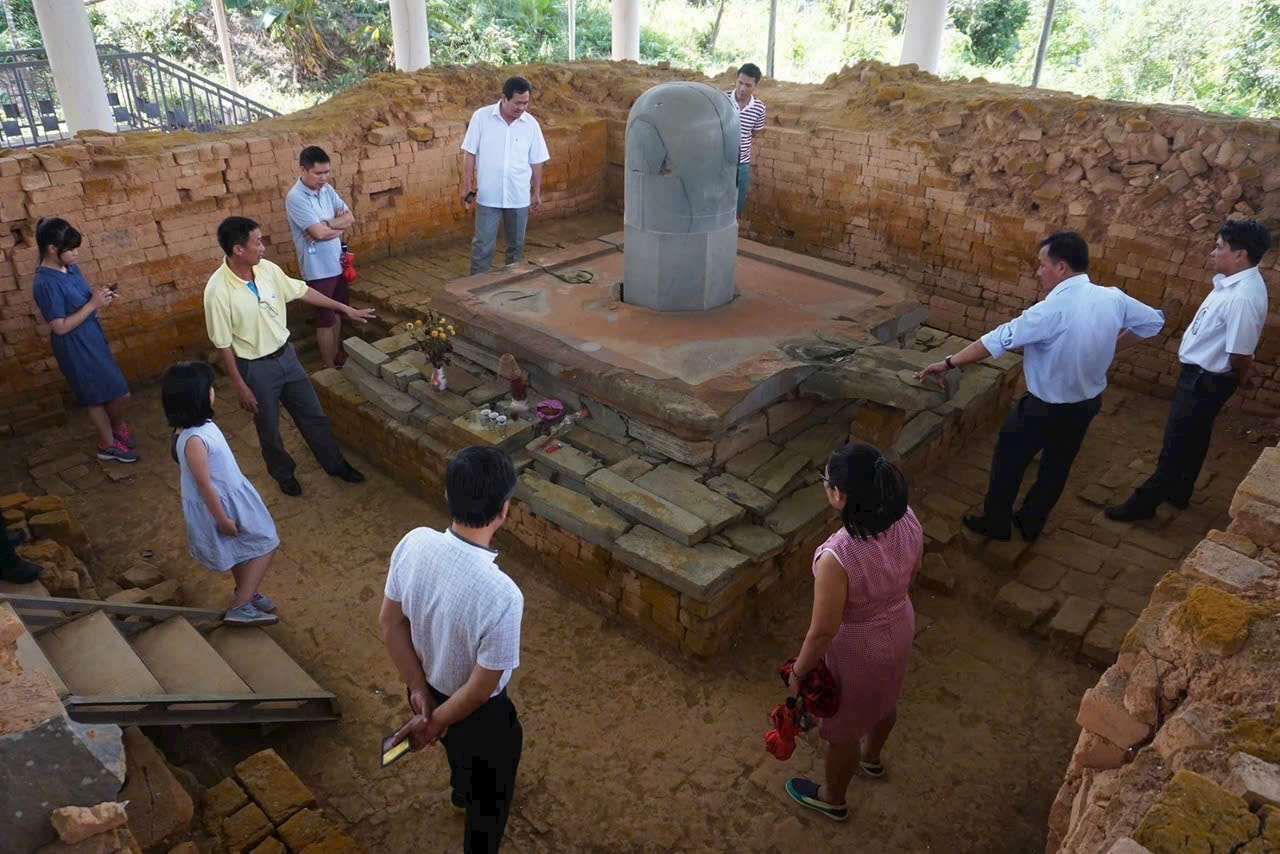
Unique historical and cultural values
Cat Tien archaeological site was discovered in 1985 when people from many regions migrated here to reclaim land. The central area of nearly 50 hectares concentrates a dense complex of large-scale brick architectural ruins; along with many temple ruins stretching about 15 km along the Dong Nai River, dating back nearly a millennium, from the 3rd - 4th century to the 10th - 11th century.
The adobe structures on the top of the low hill are the ruins of collapsed and buried by time and jungle. They are temples and monuments deeply influenced by Hindu culture, believed to be related to an ancient kingdom - the kingdom of Funan. The temple structure and the sacrificial system show a very high level of social organization and beliefs.
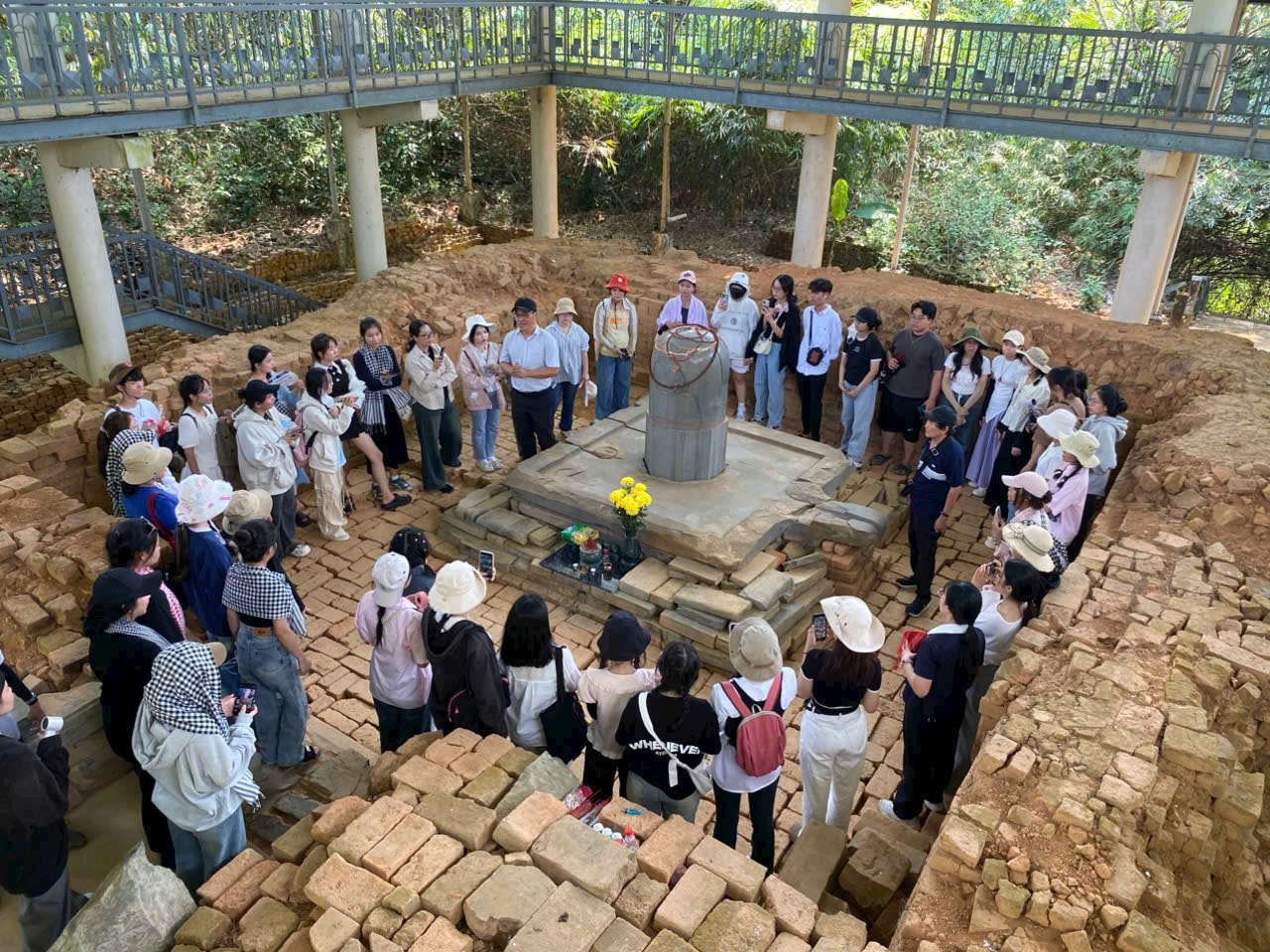
Through many excavations, archaeologists have found more than 3,000 artifacts, diverse in materials such as: gold, silver, copper, iron, precious stones, ceramics, stone, rich in types, with historical, cultural and scientific value, including: architectural materials, decorative structures, worship statues (Ganesa and Uma), linga idols, yoni, collection of gold leaf artifacts engraved with images, jewelry, household items, production tools, groups of artifacts of a ritual nature made of brass, ceramics...
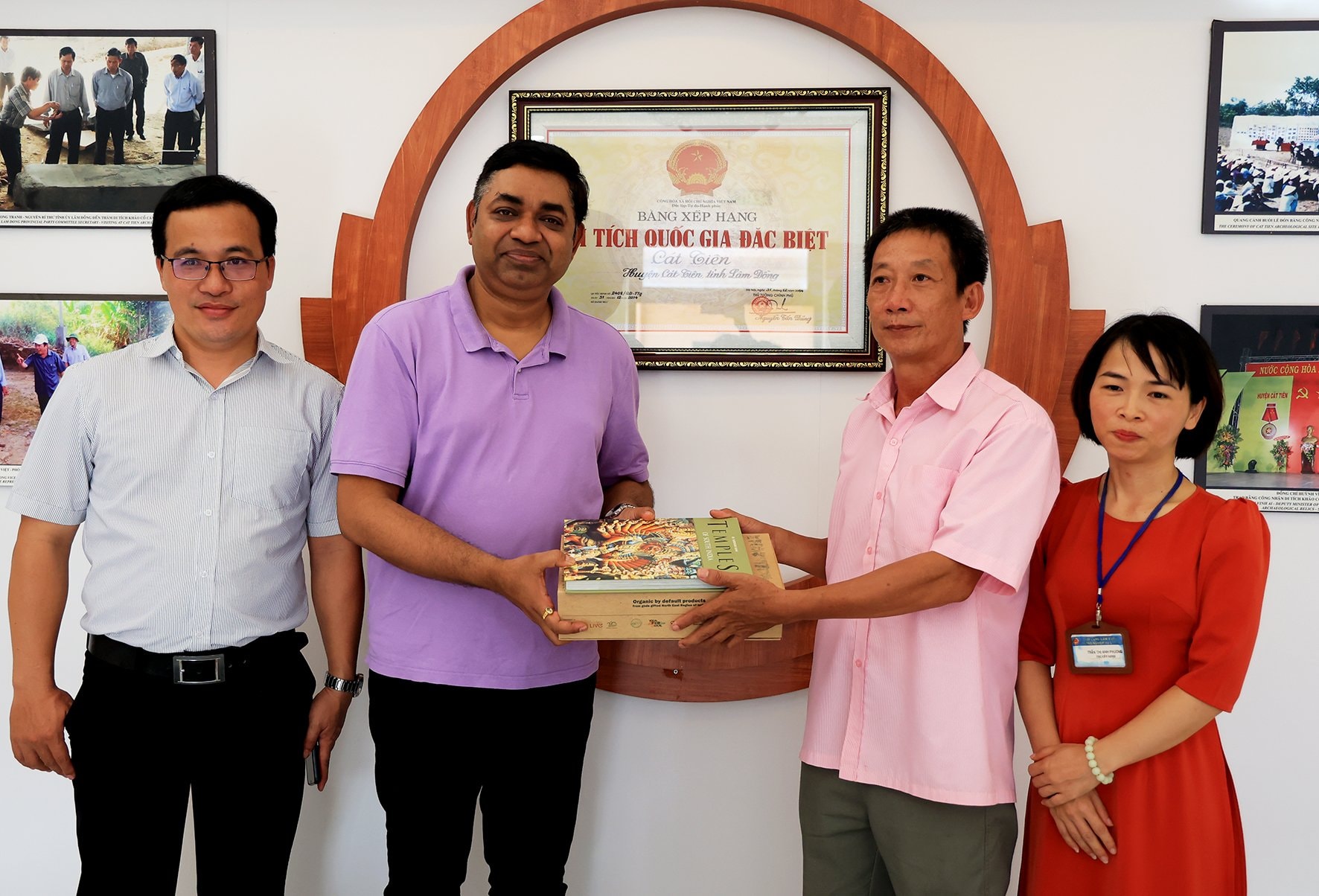
The artifacts found, such as large-sized linga-yoni idols, were elaborately carved, reflecting the brilliant development of contemporary religion and sculpture. Among them, the largest stone linga here, with a height of up to 2.1 m, is considered the largest in Southeast Asia, and has been set a record, showing the stature of this ancient religious center. Through that, it can be understood that the Cat Tien archaeological site is a holy land of Brahmanism in the ancient Southeast region and it can be guessed that the decline of Cat Tien (Vietnam) - Vat Phu (Laos) - Angkor (Cambodia) seems to have the same cause and trend.
With its great values, in 2014, Cat Tien Archaeological Site was ranked as a special national relic. The work of preserving, restoring and promoting the value of the relic has also received due attention in order to develop sustainable tourism combined with heritage conservation.
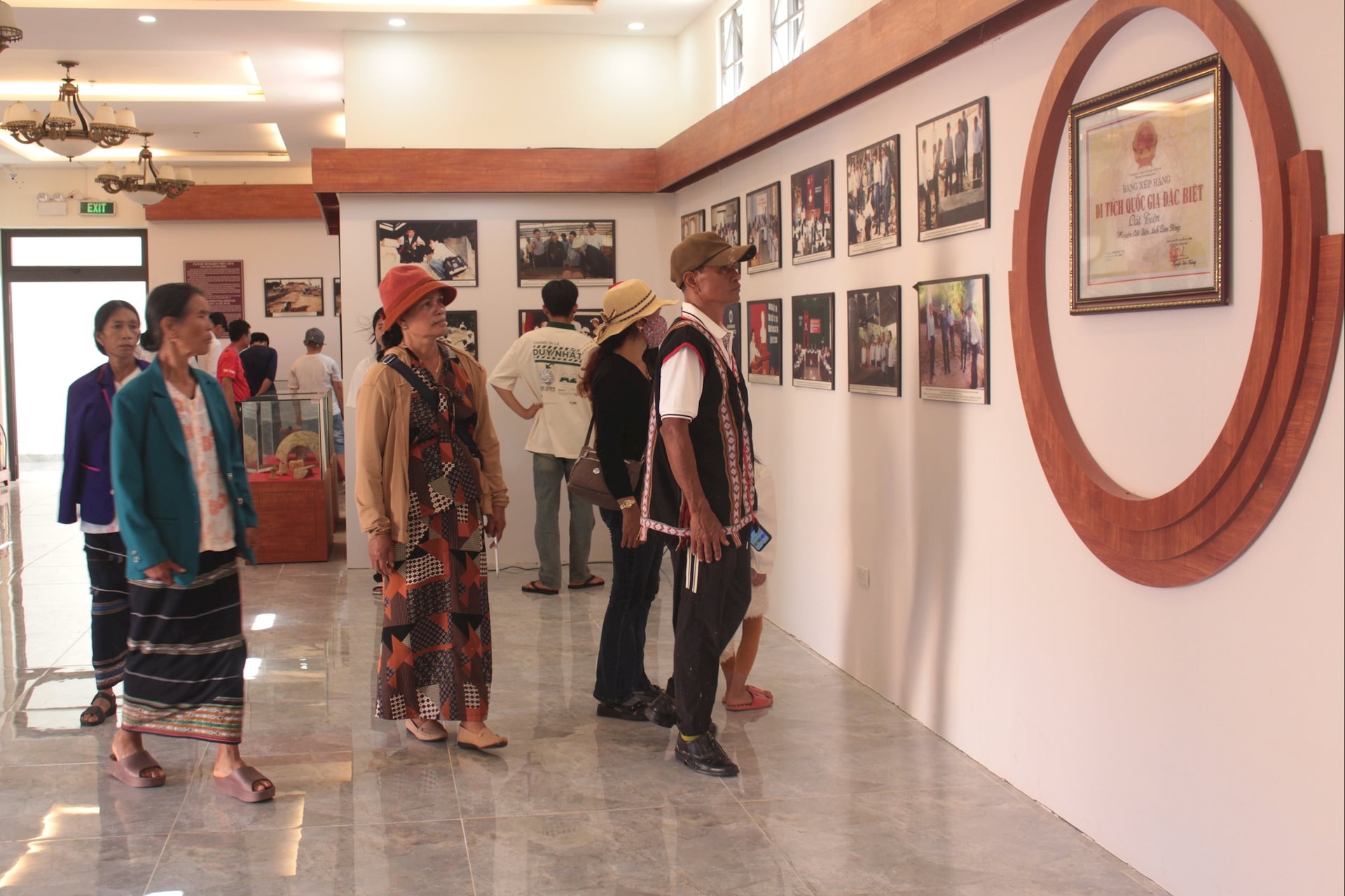
Attractive destination
If 10 years ago, Cat Tien Archaeological Site only attracted researchers of ethnology, history, archaeology and tourists who love to explore, in recent years, this place has gradually become an attractive destination for domestic and foreign tourists. Every year, this place welcomes 12,000 - 14,000 tourists; in just 9 months of 2025, there were more than 11,000 tourists coming to Cat Tien.
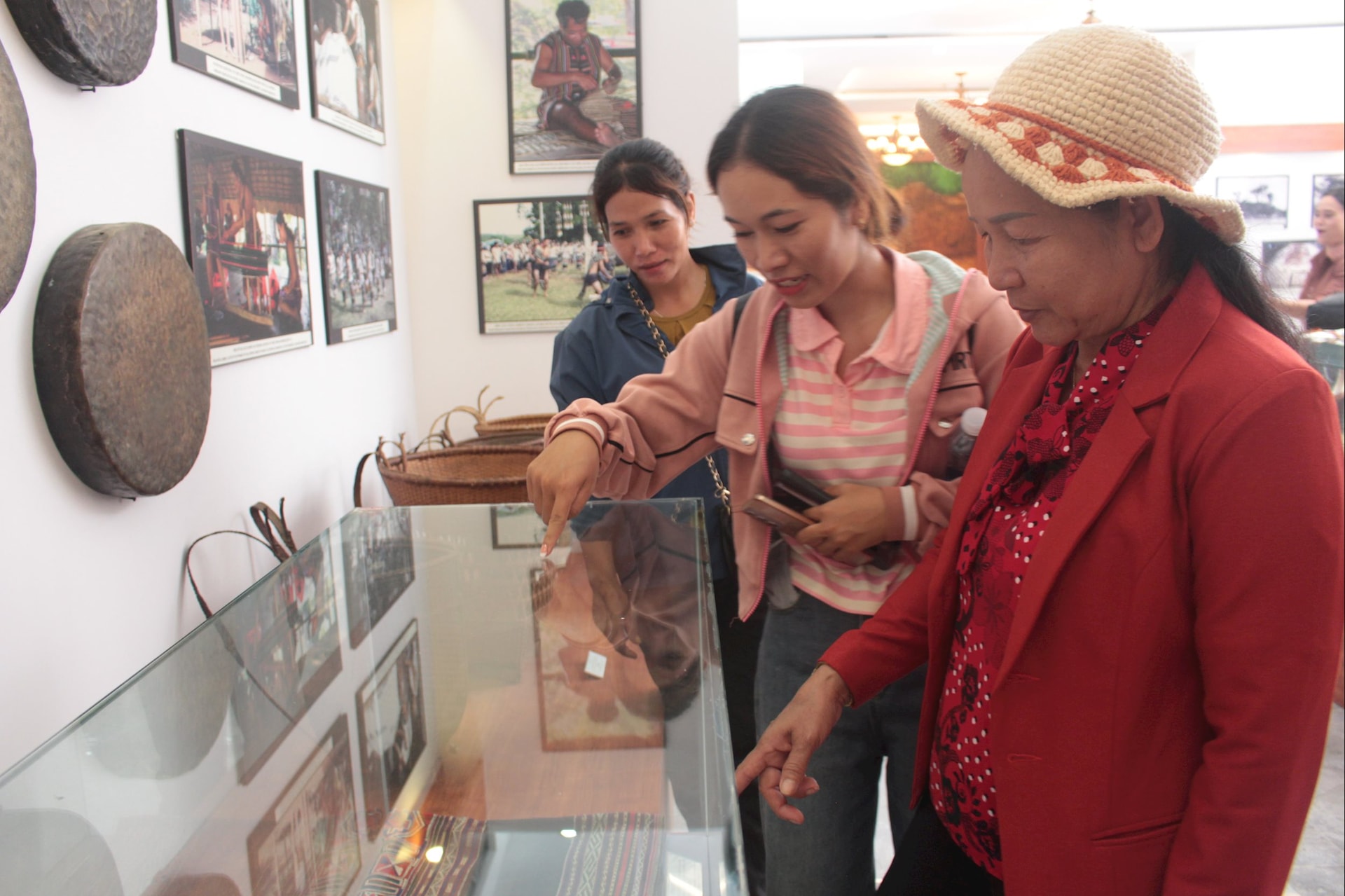
Traveling 38 km from Madagui intersection (Da Huoai commune) to Cat Tien, Mr. Martin H. (a German tourist) took a motorbike taxi to get here and said: “I did not expect there to be such a place in the middle of the forest. The road is a bit far but when you get there, it is worth it. The linga statue is not only big but also very beautiful, the artifacts have sophisticated carvings showing the craftsmanship of the ancients. Here, you can feel both returning to the past and relaxing your mind.”
The road to Temple No. 1, passing through the cool moss-covered steps, the top of the hill is the ruins of a large temple tower bearing the mark of a golden age. Visitors can see with their own eyes the large linga - yoni idol, a symbol of fertility. In front of the sacred temple tower of the ancients, visitors do not forget to pray for luck, fortune, prosperity of the homeland and world peace. The quiet and sacred space, covered by green forests, looking down at the foot of the hill, the Dong Nai River flows and meanders. Walking along the shore, the scattered temples and towers make the scale of an ancient religious complex more clearly visible.
The exhibition house introduces to visitors thousands of artifacts, images, and documents that vividly tell a story about Cat Tien. From the journey of discovery, excavation, scientific assessments, recognition of special national relics, and record setting; to each artifact containing historical, cultural, and spiritual values of ancient people. In addition, the traditional cultural beauty of the Ma people - an ethnic community that has long lived in this land is also introduced.
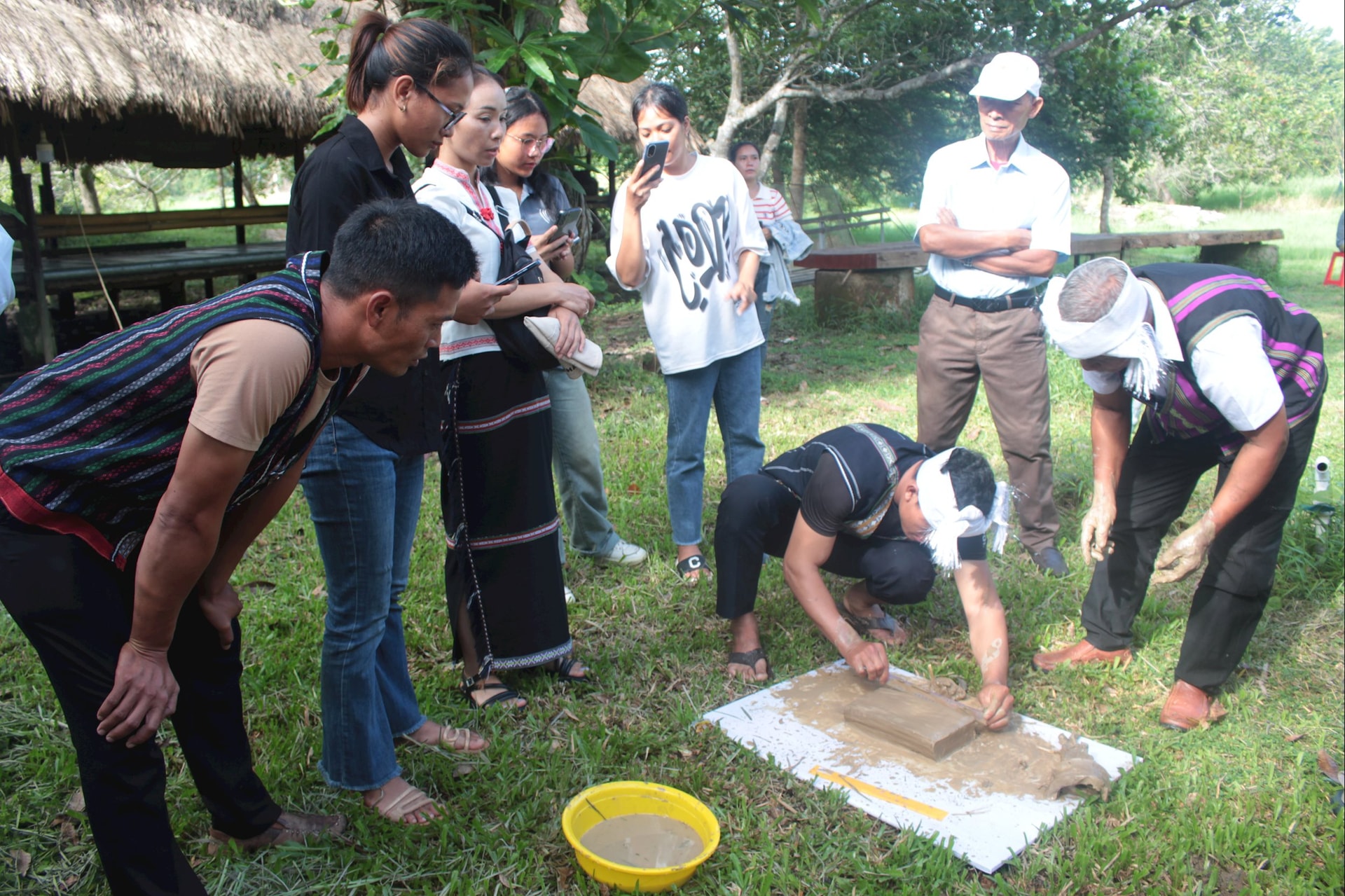
Mr. Madan Mohan Sethi, former Consul General of India in Ho Chi Minh City, once visited this place and expressed his surprise at the Cat Tien Archaeological Site having many similarities with Indian culture and beliefs. He was surprised that from ancient times, 1,500 years ago, Brahmanism had spread to this place. He hopes that the Cat Tien Archaeological Site will be a destination for many Indian tourists and international friends to enhance cultural diplomacy and mutual understanding among peoples in the world.
Along with learning about cultural and historical values, in recent years, Lam Dong Museum has organized many interesting activities to attract young people such as: "Returning to the Holy Land", "Old Bricks, Ancient Souls", sculpting statues, making bricks to build temples... Mr. Nguyen Van Tien - Deputy Director of Lam Dong Museum, a passionate person, attached to Cat Tien Archaeological Site said: "We want students and tourists not only to watch but also to experience and try, for example: casting bricks, carving motifs to better understand how hard it was for ancient people to make a temple tower".
From Cat Tien Archaeological Site, visitors can combine a journey to explore Cat Tien National Park and eco-tourism on Dong Nai River. The connection between cultural tourism and nature will create a unique and attractive experience. Cooperating with travel companies to make Cat Tien Archaeological Site an indispensable destination in tours in Lam Dong, along with investment in upgrading infrastructure and improving roads is extremely necessary to make Cat Tien increasingly closer and more convenient for tourists.
Source: https://baolamdong.vn/suc-hut-van-hoa-du-lich-o-di-tich-cat-tien-394635.html





![[Photo] Prime Minister Pham Minh Chinh launched a peak emulation campaign to achieve achievements in celebration of the 14th National Party Congress](https://vphoto.vietnam.vn/thumb/1200x675/vietnam/resource/IMAGE/2025/10/5/8869ec5cdbc740f58fbf2ae73f065076)

![[Photo] Prime Minister Pham Minh Chinh chairs the Government's online conference with localities](https://vphoto.vietnam.vn/thumb/1200x675/vietnam/resource/IMAGE/2025/10/5/264793cfb4404c63a701d235ff43e1bd)
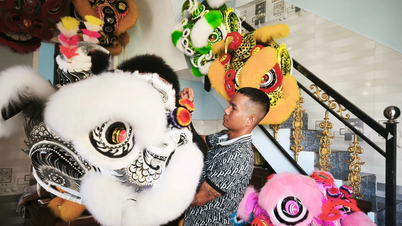



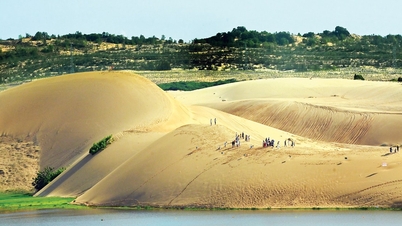
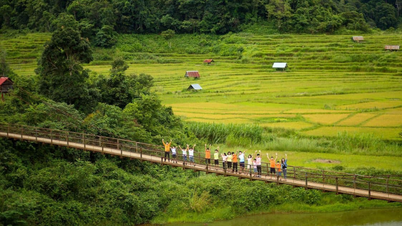

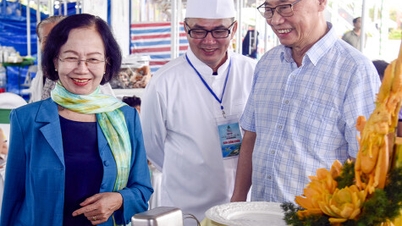

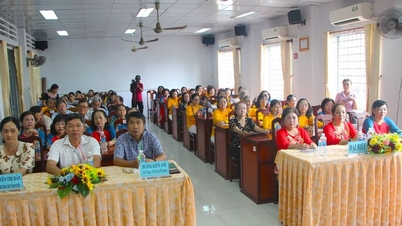

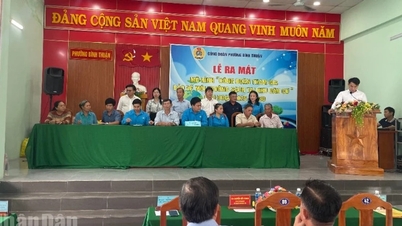


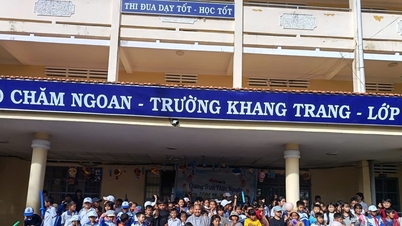
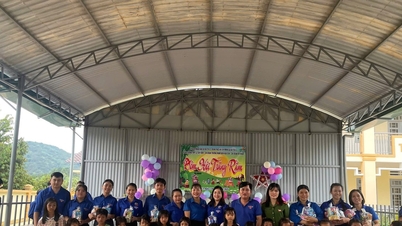
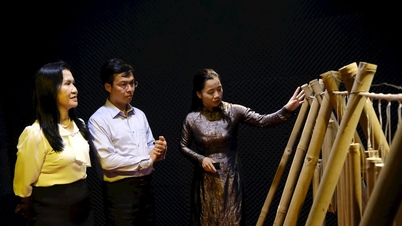
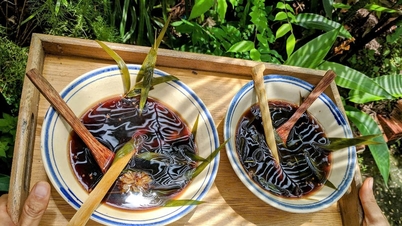





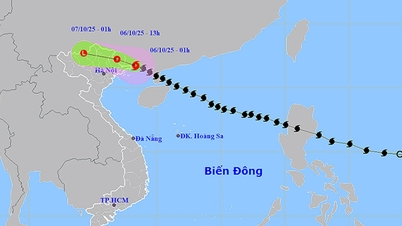


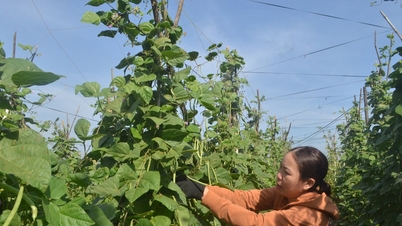
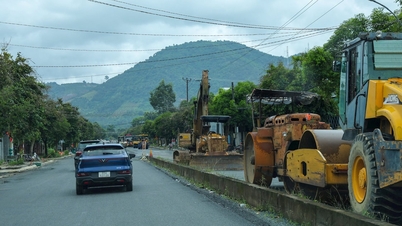
























![[VIDEO] Summary of Petrovietnam's 50th Anniversary Ceremony](https://vphoto.vietnam.vn/thumb/402x226/vietnam/resource/IMAGE/2025/10/4/abe133bdb8114793a16d4fe3e5bd0f12)

![[VIDEO] GENERAL SECRETARY TO LAM AWARDS PETROVIETNAM 8 GOLDEN WORDS: "PIONEER - EXCELLENT - SUSTAINABLE - GLOBAL"](https://vphoto.vietnam.vn/thumb/402x226/vietnam/resource/IMAGE/2025/7/23/c2fdb48863e846cfa9fb8e6ea9cf44e7)

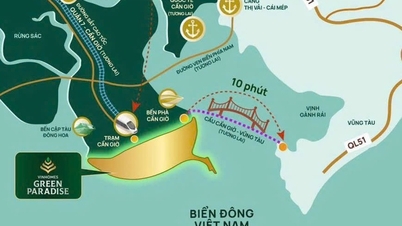

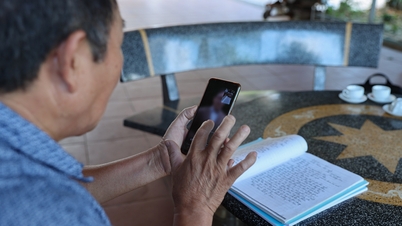
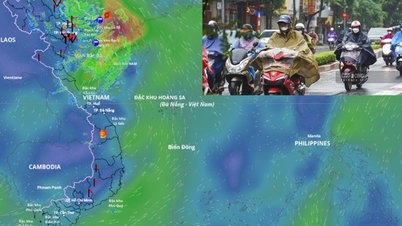









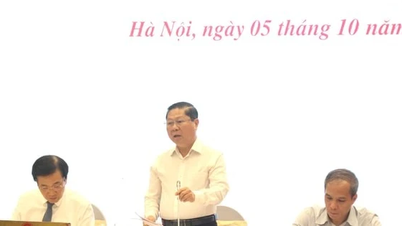

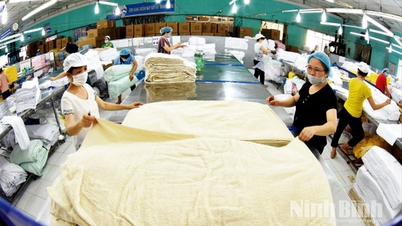

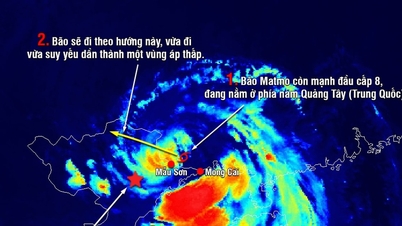

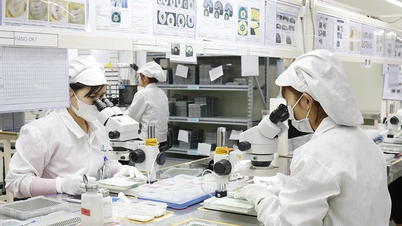

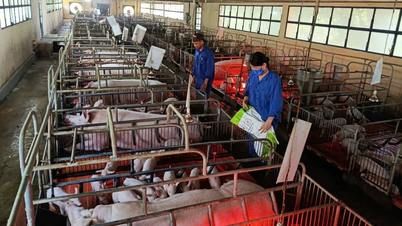













Comment (0)